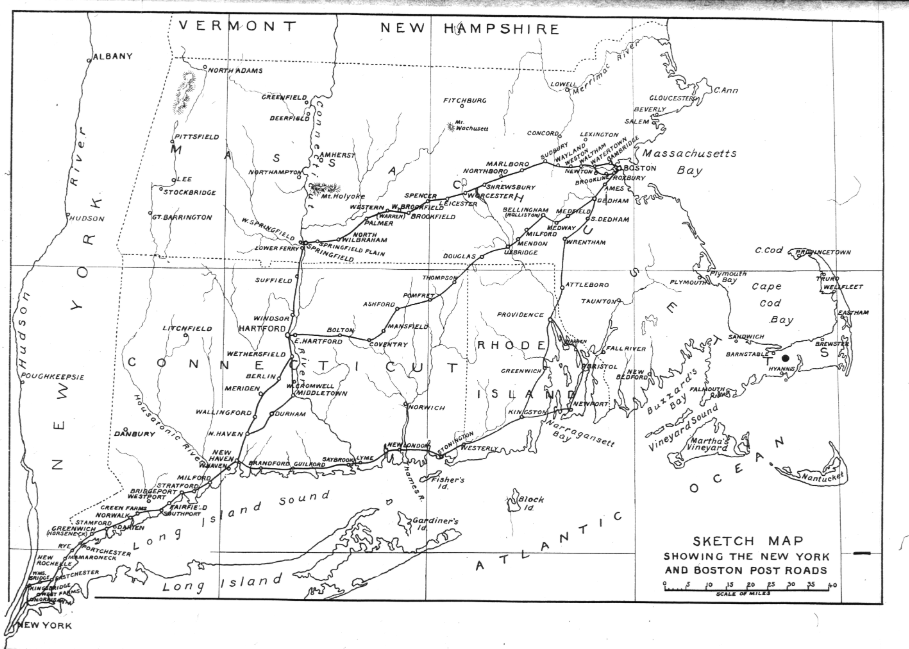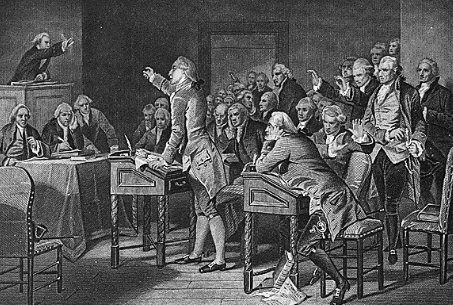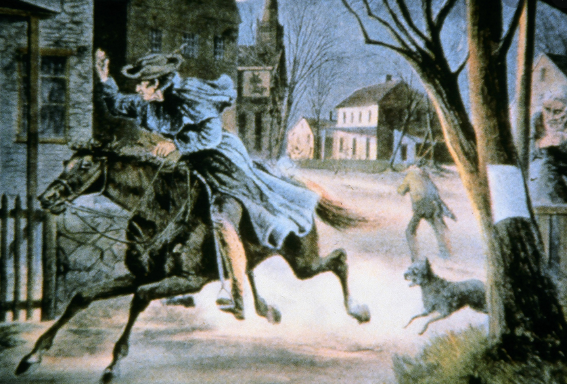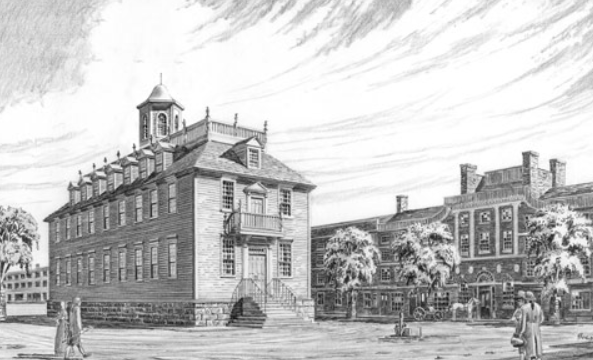The Five Day Ride of Israel Bissell - The Lexington Alarm to Philadelphia
The Battle of Lexington and Concord featured ‘the shot heard ‘round the world.’
Except, no one actually heard the shot. They heard news of the shot.
The first person to spread that news was a young man named Israel Bissell who carried the Lexington Alarm from Massachusetts to Philadelphia.
This is the story of his ride.
The Lexington Alarm
When the Massachusetts Militia went out to confront British Regulars in Lexington, a warning was immediately sent out to alert the other colonies that the war had begun.
Known to posterity as the Lexington Alarm, the brief letter was written by Committee of Safety member Joseph Palmer.
Palmer handed the letter to Israel Bissell and sent him on the road to Connecticut.
Israel Bissell
Israel Bissell was a 23-year-old post rider when he was given the Lexington Alarm.
As opposed to most other riders of the American Revolution, who would take off on the back of one horse, Bissell more than likely strapped his carriage to two steeds.
Starting his journey on the Upper Post Road, Israel quickly made his way to the Lower Post Road (there were not a lot of inter-colony roads at the time) and toward Connecticut.
Attested
As he traveled from town to town, each would have their Committee of Correspondence come out and accept the information.
Then, they would have the local Town Clerk write out a copy adding that he ‘attested’ to it (AKA that the town acknowledged the war had begun).
On his second day of riding, at the house of Thaddeus Burr, another rider caught up to Bissell announcing the Battle of Lexington and Concord was a Patriot victory. This information was added to the original Alarm.
Five Days Later
Although Bissell’s specific instructions were only to ride through Connecticut, he continued spreading the word further.
His arrival in New York City created quite a stir, essentially launching a riot and beginning the Revolutionary War on Manhattan Island.
Israel continued through New Jersey before arriving in Philadelphia. From there, others spread the message south and westward.
He had made the 350 mile journey in just five days.
Importance
Israel Bissell’s sounding of the Lexington Alarm had many immediate consequences.
First and foremost, the announcement stirred men to gather with their local militias and march toward Boston. Among these were Israel Putnam who left his plow in the field and went to war. Additionally, Benedict Arnold gathered his men and essentially threatened to kick in the door of the local armory to retrieve powder and ammunition before the town council gave him the key.
When word reached Patrick Henry (who was on his way to the Continental Congress), he turned around and threatened to go to war with Virginia’s Royal Governor.
Furthermore, the Second Continental Congress was only just about to meet (Bissell had actually passed John Hancock and Samuel Adams on his way). Instead of meeting to discuss grievances with the Mother Country, Bissell had informed the Delegates that they would instead be discussing the operation of a war.
Legitimate Legitimacy Questions
Historians have legitimately questioned Israel Bissell’s full involvement with spreading the Lexington Alarm.
His normal postal route did not pass New York City and this would have been quite an achievement for one man. Also, his name is misspelled on some of the copies which were made.
Furthermore, his name does not appear very often in any records before or after this ride.
However, there are several reasons to believe he did make the trip.
Most importantly, his name was written by Joseph Palmer in the letter itself. This was uncommon but was most likely done to give an air of legitimacy to his alarm (other false alarms had gone out in the past and people would have been hesitant to believe him).
Additionally, future President of the Continental Congress Elias Boudinot acknowledged Bissell’s arrival in New Jersey in his diary.
Lastly, Bissell was reimbursed for his whole ride by the Massachusetts Provincial Government.
Here are some more interesting midnight rides:
The Midnight Ride of Jack Jouett
The Midnight Ride of Caesar Rodney
The Midnight Ride of William Dawes
The Midnight Ride of Sybil Ludington
If you’d like to learn more about the Battle of Lexington and Concord and its fallout, I’ve got a book for you.
‘The Battle Heard Round The World’ is a great read that brings you straight into the heart of what was happening as the Revolutionary War unfolded.
If you’d like a copy you can get one through the Amazon affiliate link below (you’ll support this site, but don’t worry, Amazon pays me while your price stays the same).
Want to get fun American Revolution articles straight to your inbox every morning?
Subscribe to my email list here.
You can also support this site on Patreon by clicking here.
Thanks for your support!






